Books
2024 |
||
| 4. | 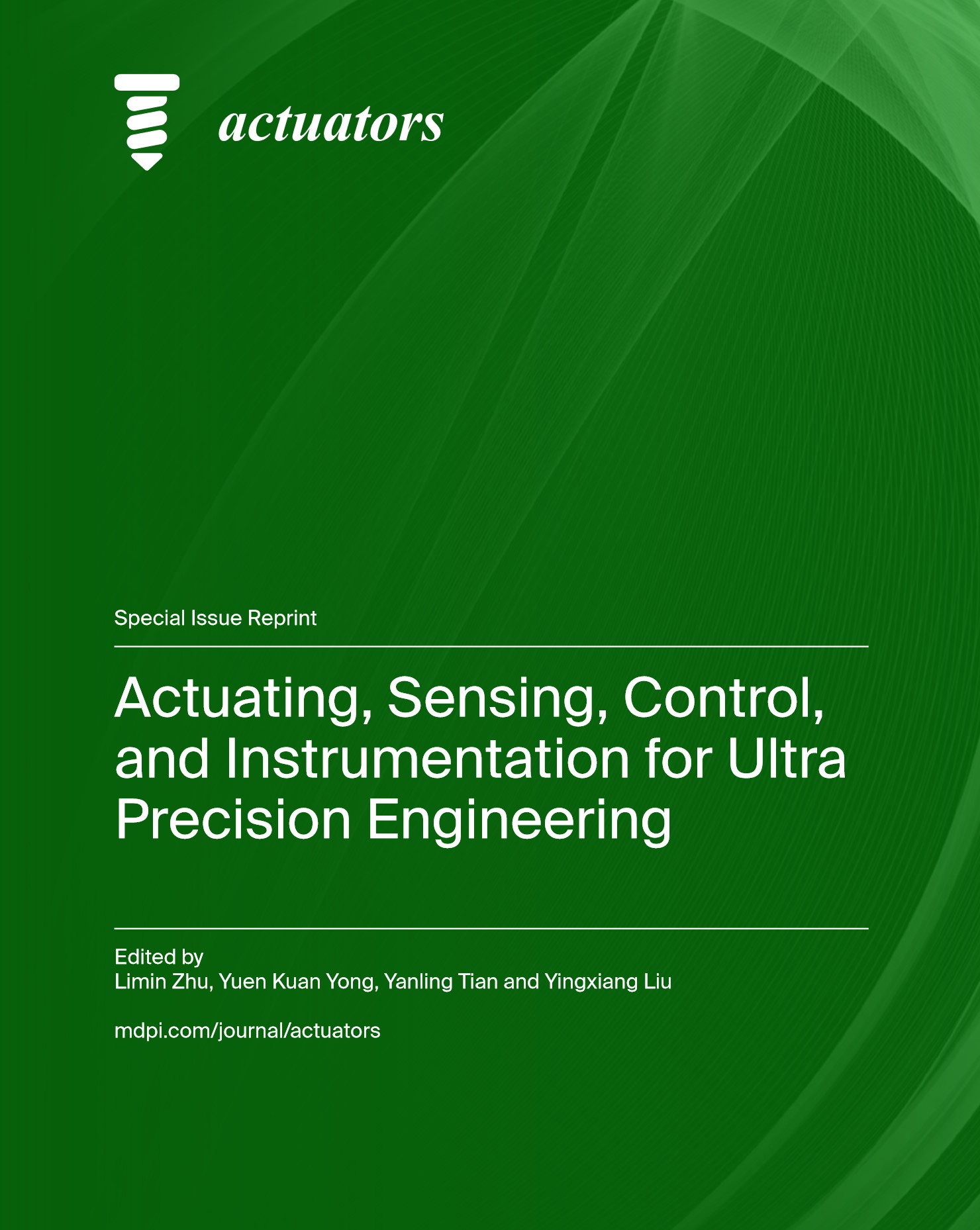 | LiMin Zhu; Y. K. Yong; Y. Tian; Y. Liu (Ed.) Actuating, Sensing, Control, and Instrumentation for Ultra Precision Engineering Book 2024, ISBN: 978-3-0365-9526-9. @book{Zhu2024,Ultra-Precision Engineering (UPE) is a comprehensive field that concerns the design, manufacture and measurement of ultra-precision components and systems. With the progress of new solutions to UPE, the demand of advanced mechatronic systems with high-performance on freedom, stroke, resolution, accuracy and bandwidth has been continuously increasing. This Special Issue is a collection of 13 excellent research papers published in Actuators, showcasing and discussing new advances in actuators and mechatronic systems for UPE as well as ultra-precision machines. |
2014 |
||
| 3. | 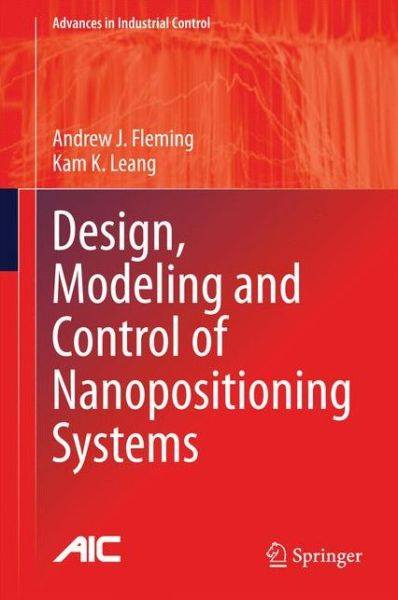 | A. J. Fleming; K. K. Leang Design, Modeling and Control of Nanopositioning Systems Book Springer, London, UK, 2014, ISBN: 978-3319066165. @book{B14,Covering the complete design cycle of nanopositioning systems, this is the first comprehensive text on the topic. The book first introduces concepts associated with nanopositioning stages and outlines their application in such tasks as scanning probe microscopy, nanofabrication, data storage, cell surgery and precision optics. Piezoelectric transducers, employed ubiquitously in nanopositioning applications are then discussed in detail including practical considerations and constraints on transducer response. The reader is then given an overview of the types of nanopositioner before the text turns to the in-depth coverage of mechanical design including flexures, materials, manufacturing techniques, and electronics. This process is illustrated by the example of a high-speed serial-kinematic nanopositioner. Position sensors are then catalogued and described and the text then focuses on control. Several forms of control are treated: shunt control, feedback control, force feedback control and feedforward control (including an appreciation of iterative learning control). Performance issues are given importance as are problems limiting that performance such as hysteresis and noise which arise in the treatment of control and are then given chapter-length attention in their own right. The reader also learns about cost functions and other issues involved in command shaping, charge drives and electrical considerations. All concepts are demonstrated experimentally including by direct application to atomic force microscope imaging. Design, Modeling and Control of Nanopositioning Systems will be of interest to researchers in mechatronics generally and in control applied to atomic force microscopy and other nanopositioning applications. Microscope developers and mechanical designers of nanopositioning devices will find the text essential reading. |
2006 |
||
| 2. |  | S. O. R. Moheimani; A. J. Fleming Piezoelectric Transducers for Vibration Control and Damping Book Springer-Verlag, London, 2006, ISBN: 1-84628-331-0. @book{B06, |
2003 |
||
| 1. | 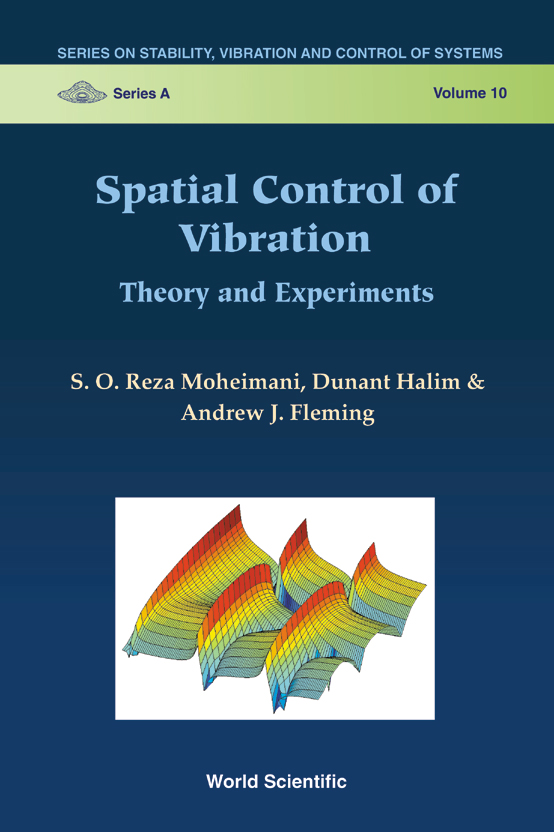 | S. O. R. Moheimani; D. Halim; A. J. Fleming Spatial Control of Vibration: Theory and Experiments Book World Scientific, 2003, ISBN: 981-238-337-9. @book{B03, |
Book Chapters
2021 |
||
| 6. | 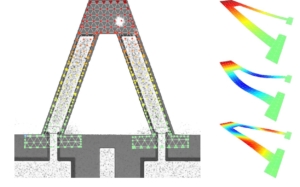 | M. G. Ruppert; N. F. S. de Bem; A. J. Fleming; Y. K. Yong Characterization of Active Microcantilevers Using Laser Doppler Vibrometry Book Chapter In: Vibration Engineering for a Sustainable Future , Chapter 45, Springer, 2021, ISBN: 978-3-030-48153-7, (This work was supported by the Australian Research Council Discovery Project DP170101813). @inbook{Ruppert2021b,Active atomic force microscope cantilevers with on-chip actuation and sensing provide several advantages over passive cantilevers which rely on piezoacoustic base-excitation and the optical beam deflection measurement. Most importantly, these cantilevers provide clean frequency responses, the possibility of down-scaling and parallelization to cantilever arrays as well as the absence of optical interferences. In this paper, we demonstrate the analysis and calibration steps for three active cantilever geometries with integrated piezoelectric actuation. For this purpose, laser Doppler vibrometry (LDV) is used to experimentally obtain the deflection mode shapes of the first three eigenmodes, calibrate actuation gains, and to determine the dynamic modal stiffnesses using the Brownian spectrum of the cantilever. The experimental values are compared with finite element simulations. |
2019 |
||
| 5. | 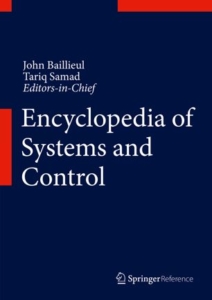 | M. G. Ruppert; S. O. R. Moheimani Dynamics and Control of Active Microcantilevers Book Chapter In: Baillieul, John; Samad, Tariq (Ed.): Encyclopedia of Systems and Control, vol. 2, Springer London, 2019, ISBN: 978-1-4471-5102-9. @inbook{Ruppert2019b,The microcantilever is a key precision mechatronic component of many technologies for characterization and manipulation of matter at the nanoscale, particularly in the atomic force microscope. When a cantilever is operated in a regime that requires the direct excitation and measurement of its resonance frequencies, appropriate instrumentation and control is crucial for high-performance operation. In this entry, we discuss integrated cantilever actuation and present the cantilever transfer function model and its properties. As a result of using these active cantilevers, the ability to control the quality factor in order to manipulate the cantilever tracking bandwidth is demonstrated. |
2016 |
||
| 4. | 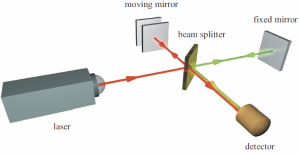 | A. J. Fleming; K. K. Leang Position Sensors for Nanopositioning Book Chapter In: Ru, C.; Liu, X.; Sun, Y. (Ed.): Springer, 2016, ISBN: 978-3-319-23853-1. @inbook{B15a,Position sensors with nanometer resolution are a key component of many precision imaging and fabrication machines. Since the sensor characteristics can define the linearity, resolution and speed of the machine, the sensor performance is a foremost consideration. The first goal of this article is to define concise performance metrics and to provide exact and approximate expressions for error sources including non-linearity, drift and noise. The second goal is to review current position sensor technologies and to compare their performance. The sensors considered include: resistive, piezoelectric and piezoresistive strain sensors; capacitive sensors; electrothermal sensors; eddy current sensors; linear variable displacement transformers; interferometers; and linear encoders. |
| 3. | 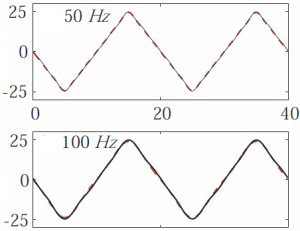 | K. K. Leang; A. J. Fleming Tracking Control for Nanopositioning Systems Book Chapter In: Ru, C.; Liu, X.; Sun, Y. (Ed.): Springer, 2016, ISBN: 978-3-319-23853-1. @inbook{B15b,The performance of nanopositioning systems is greatly affected by their mechanical dynamics, and for piezo-actuated designs, induced structural vibration, hysteresis, and creep can drastically limit positioning precision. Therefore, tracking control, both feedback and feedforward control, plays an important role in achieving high-performance operation, especially at high operating frequencies. This chapter reviews popular feedback and feedforward control techniques for nanopositioning systems. First, the effects of vibration, hysteresis, and creep are described, where simple methods traditionally employed to avoid these effects are discussed. Second, various models for nanopositioning systems for control system design, simulation, and synthesis are presented. Finally, popular feedback and feedforward controllers to handle vibration, hysteresis, and creep are presented, along with experimental results. |
| 2. |  | Y. K. Yong; K. K. Leang Mechanical Design of High-Speed Nanopositioning Systems Book Chapter In: Ru, C.; Liu, X.; Sun, Y. (Ed.): Chapter 3, Springer, 2016. @inbook{Yong2016, |
2011 |
||
| 1. |  | A. Bazaei; Y. K. Yong; S. O. R. Moheimani; A. Sebastian High-Speed, Ultra-high-precision Nanopositioning: A Signal Transformation Approach Book Chapter In: Eleftheriou, E.; Moheimani, S. O. R. (Ed.): vol. 413, Chapter 3, pp. 47-65, Springer, 2011. @inbook{Bazaei2011, |
